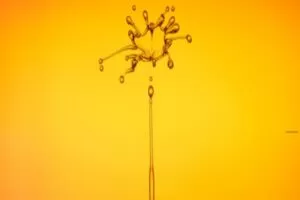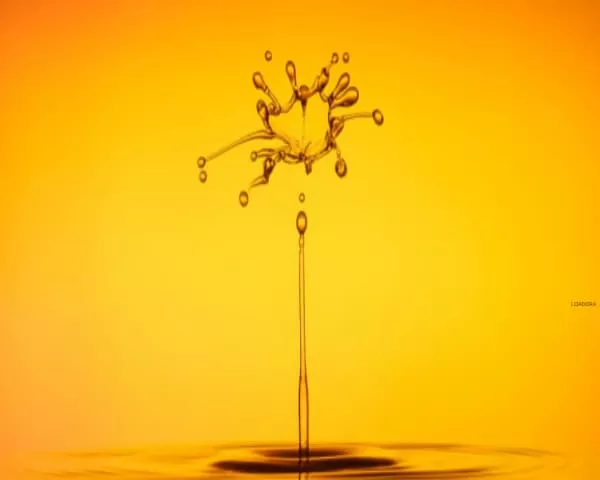Meaning of the Color Yellow
Yellow represents the color of the sun, hope and happiness, it has conflicting associations. On the one hand, yellow represents freshness, happiness, positivity, clarity, energy, optimism, enlightenment, remembrance, intellect, honor, loyalty and joy, but on the other hand, it represents cowardice and deceit. A dull or dreary yellow can represent caution, illness and jealousy.
Studies show that the meaning of the color yellow can be warmth, joy, increased mental activity, increased muscular energy. The color yellow helps activate memory, encourages communication, improves vision, builds confidence and stimulates the nervous system.
Psychology of the Color Yellow
Some of the key characteristics often associated with the color yellow include:
- Warmth: yellow is a brightness that is often described as cheerful and warm.
- Difficult to read: yellow is also the most tiring to the eye due to the large amount of light it possesses and reflects. Using yellow as a background on paper or computer monitors can cause eyestrain or vision loss in very extreme cases.
- Frustration: Yellow also has the ability to create feelings of frustration and anger. While it is considered a cheerful color, people are more likely to lose their temper in yellow rooms and babies tend to cry more in yellow rooms.
- Energetic: yellow can also increase a person’s metabolism.
- Attention-getting: since yellow is the most visible color, it is also the color that tends to attract attention. Yellow can be used in small amounts to attract attention, as you can see on road signs or advertisements.
While the color yellow can elicit many different psychological reactions, it is important to remember that these responses are often unique to each individual. Some responses, such as the tendency to find yellow difficult to read, are more universal. Other associations are often cultural and even specific to each person thanks to different backgrounds and experiences.
Types or Varieties of Yellow
Apricot
Apricot is considered to be a light yellowish-orange which is very similar to the color of apricots. However, it is somewhat paler than true apricots.
Yellow Arilide
It belongs to the line of organic compounds used as pigments. Its main use is linked to industrial colorants, including plastics, construction paints and inks. They can also be used in artistic oil paints, acrylic paints and watercolors.
Aureolin
Aureolin is known as a pigment rarely used in oil and watercolor painting. It is also sometimes called cobalt yellow. It was first created in 1848 by Nikolaus Wolfgang and has a chemical composition called potassium cobaltinitrite.
Straw
Straw is the shade of a color, a pale shade of yellow, the color of straw. The first record of the use of this color called “straw” was in the year 1589.
Champagne
This name of very pale yellowish-orange color was given to the various dyes that are close to the shade of beige. The name of this color is derived from the typical color of the Champagne drink that many enjoy.
Chartreuse Yellow
This color stands out between a yellow and green which was given its name because of its resemblance to the green color of one of the French liqueurs called green chartreuse. Likewise, chartreuse yellow is a yellow color combined with a small amount of green.
Citrine
The most common reference for it, are the certain varieties of quartz colors that are a medium deep shade of golden yellow. Citrine has been called in various circumstances as greenish yellow, brownish yellow, among others.
Corn
The shade of corn or maize refers to a specific shade of yellow; it is named after the cereal of the same name “corn” (corn cereal is called maize in the Americas). In public use, this color can be applied to a variety of shades, from light yellow to a dark shade that resembles orange, as the color of corn can be found in a variety of shades.
Naples Yellow
Naples yellow, known as antimony yellow, is an inorganic pigment that was used in paints during the 1700s-1850s. Shades vary from a dull or earthy reddish yellow pigment to a brighter light yellow. It is the chemical compound lead antimoniate. Also known as jaune d’antimoinz, it is one of the oldest synthetic pigments, recorded since the 1620s. The mineral related to this color is bindheimite. However, this natural version was rarely used as a pigment.
School Bus Yellow
School bus yellow is a color that was created explicitly for application on school buses in North America in the 1939s. The color is now officially known in Canada and the U.S. as National School Bus Glossy Yellow and was originally called National School Bus Chrome. The pigment used for this color was, for a long time, chromium yellow containing in lead.
Selective Yellow
Selective yellow is a color used for automotive lamps, particularly for headlamps and other lighting fixtures, such as fog lamps. According to UNECE regulations, it was previously permitted for headlamps to be white or selective yellow; in France, this type of color was mandatory for all road lighting on all vehicles until 1993.
Old gold
This type of color is characterized as a dark yellow, varying from coarse olive or olive brown to deep yellow. The widely accepted old gold color is in the darker than in the lighter part of this color range. The first recorded use as a color name was in the early 19th century. Delta Sigma Pi fraternity, founded on November 7, 1907, officially designating the colors as royal purple or old gold.
Mustard
Mustard is a dull / dark yellow color that resembles culinary mustard. It is similar to the color of linen. The first recorded use of mustard as a color name in English was in 1886.
Jonquil
This color is a variety of yellow. It is the color that characterizes the interior of the central cylindrical tubular projection of a flower called jonquil. It was named after the color of a plant called Narcissus jonquilla, which has clusters of small, fragrant yellow flowers.
Yellow Color Code or Number
- Hex code (#RRGGBB): # FFFF00
- Decimal code (R, G, B): rgb (255,255,0)
Yellow Objects and Things
A sunflower, a banana, a crayon, the sun, a car, a shirt, a house, a ball, a letter, a leaf, a bag, glasses, a pair of shoes, a cap, a fruit, an animal, a watch, a notebook, a pencil, a balloon, etc.
Other Colors in ALPHAPEDIA

BEIGE COLOUR: Types, Psychology and Meaning
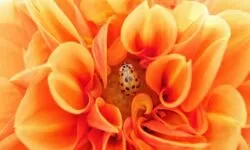
ORANGE COLOR: Types, Psychology and Meaning

SAND COLOR: Types, Psychology and Meaning

TURQUOISE COLOR: Psychology, Meaning and Types
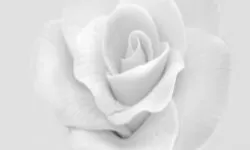
💚 WHITE COLOR: Types, Psychology and Meaning
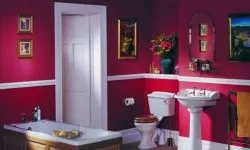
BORDEAUX COLOR: Its Meaning and How to Combine It
Other Topics of Interest in ALPHAPEDIA

FREE MASTER OF ARTS IN FOREIGN LANGUAGES

FREE COMPUTER COURSE

FREE BACHELOR DEGREE IN ONCOLOGY

FREE WINDSURFING COURSE

FREE MASTER DEGREE IN ETHICS

FREE NUTRITION COURSE
Images and Drawings with the Color Yellow
